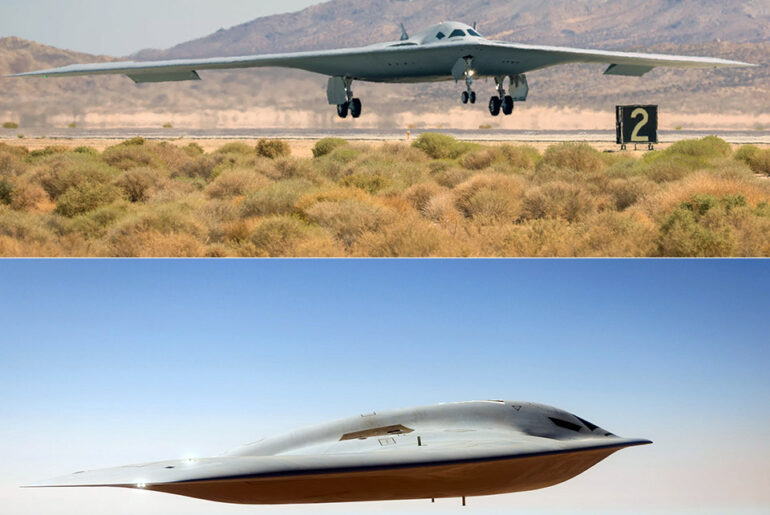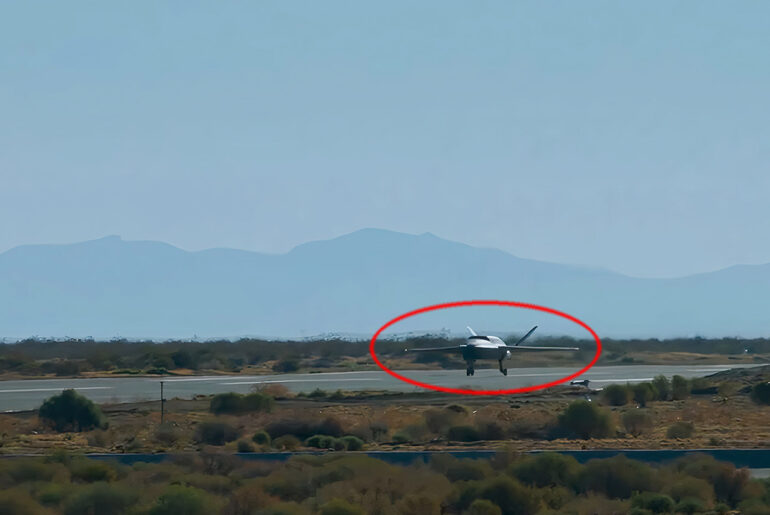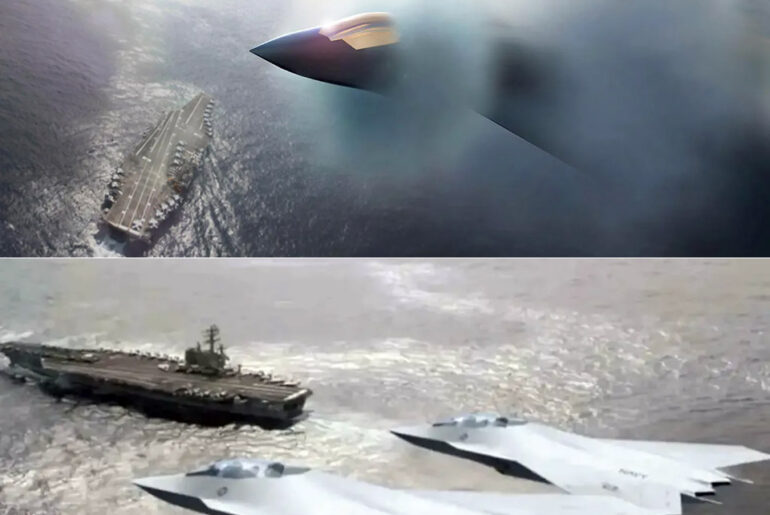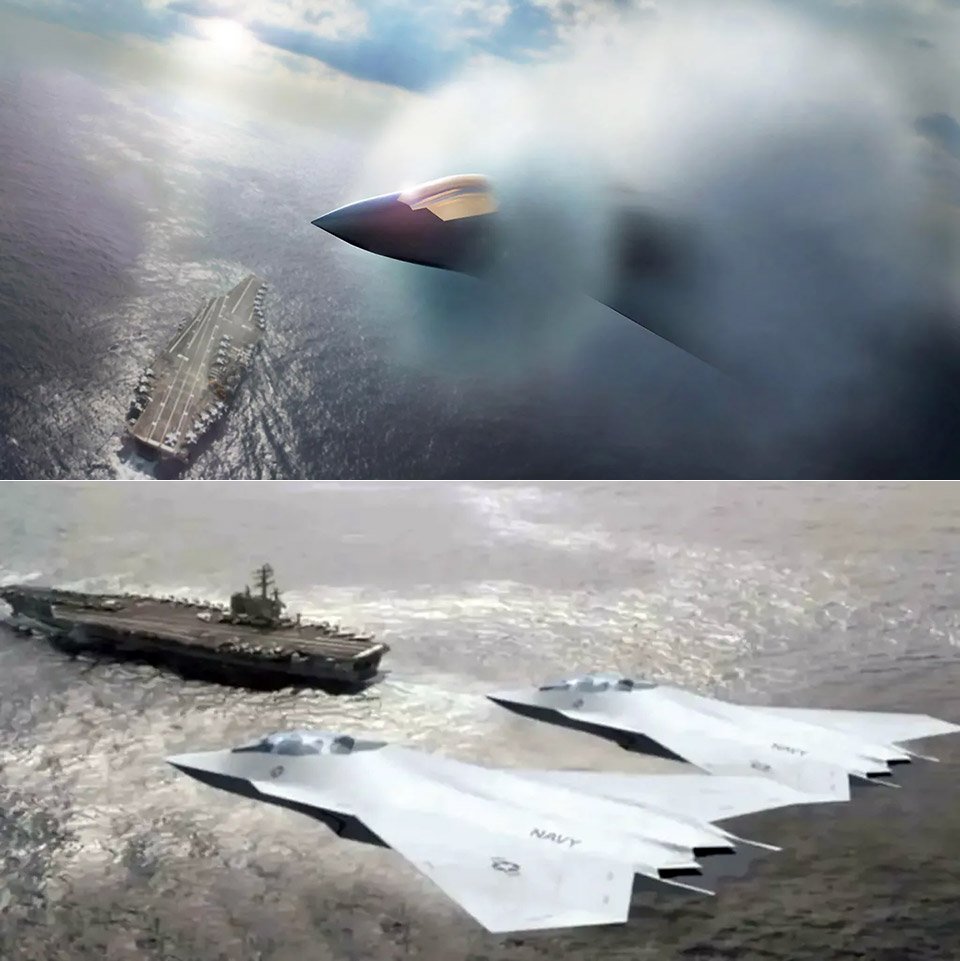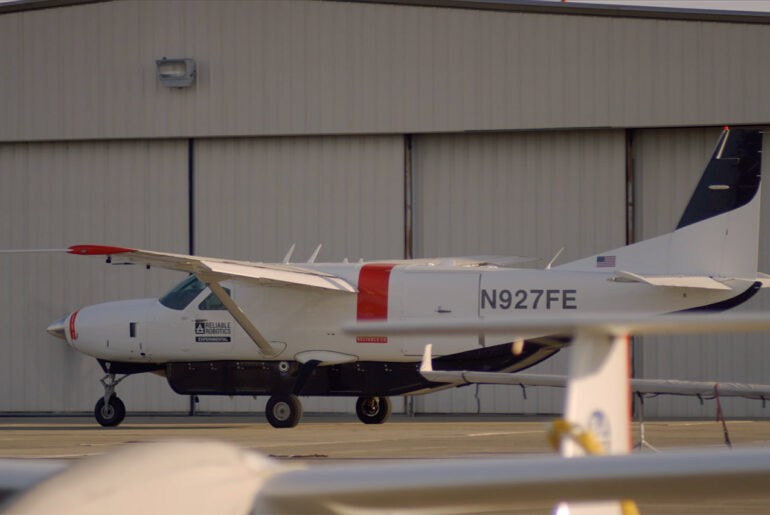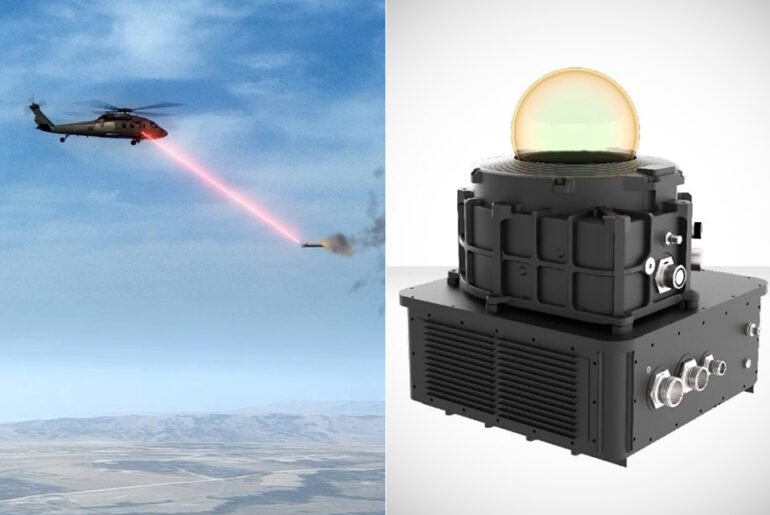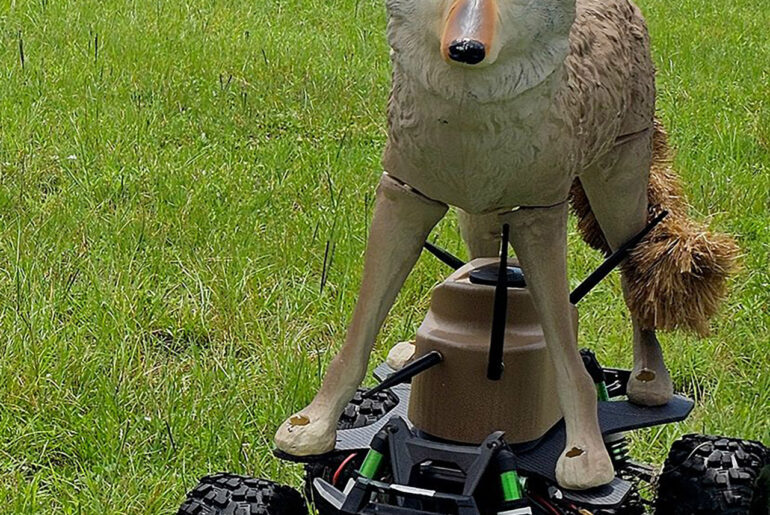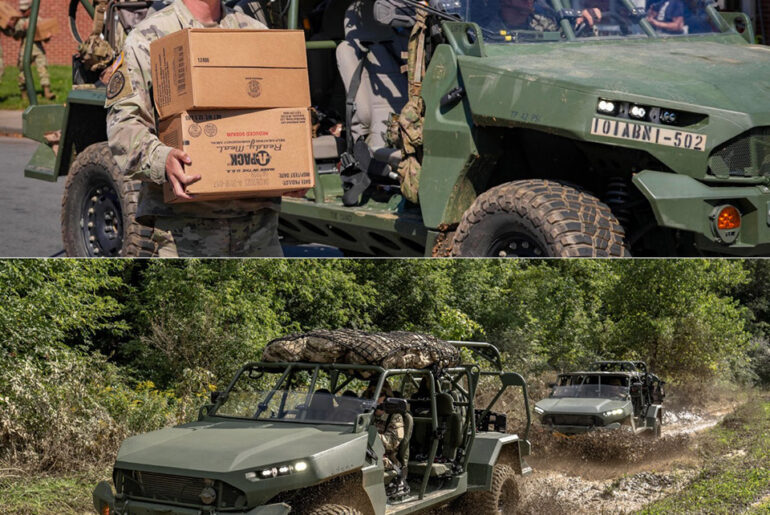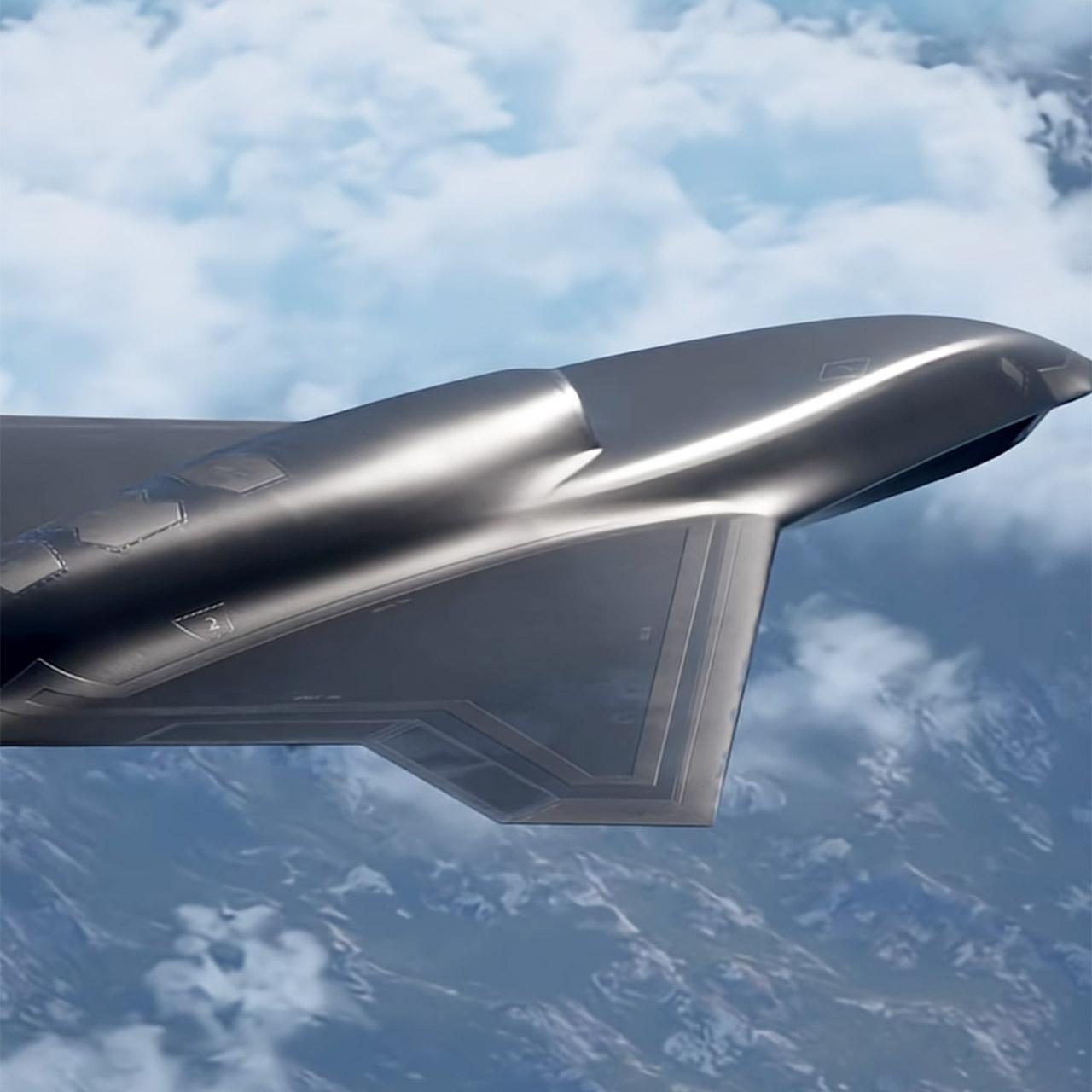
Lockheed’s Skunk Works has always worked in the shadows, creating aircraft that change the skies. The Vectis drone is their latest announcement, a sleek, pilotless device that was developed over decades of secret innovation and internal funding.
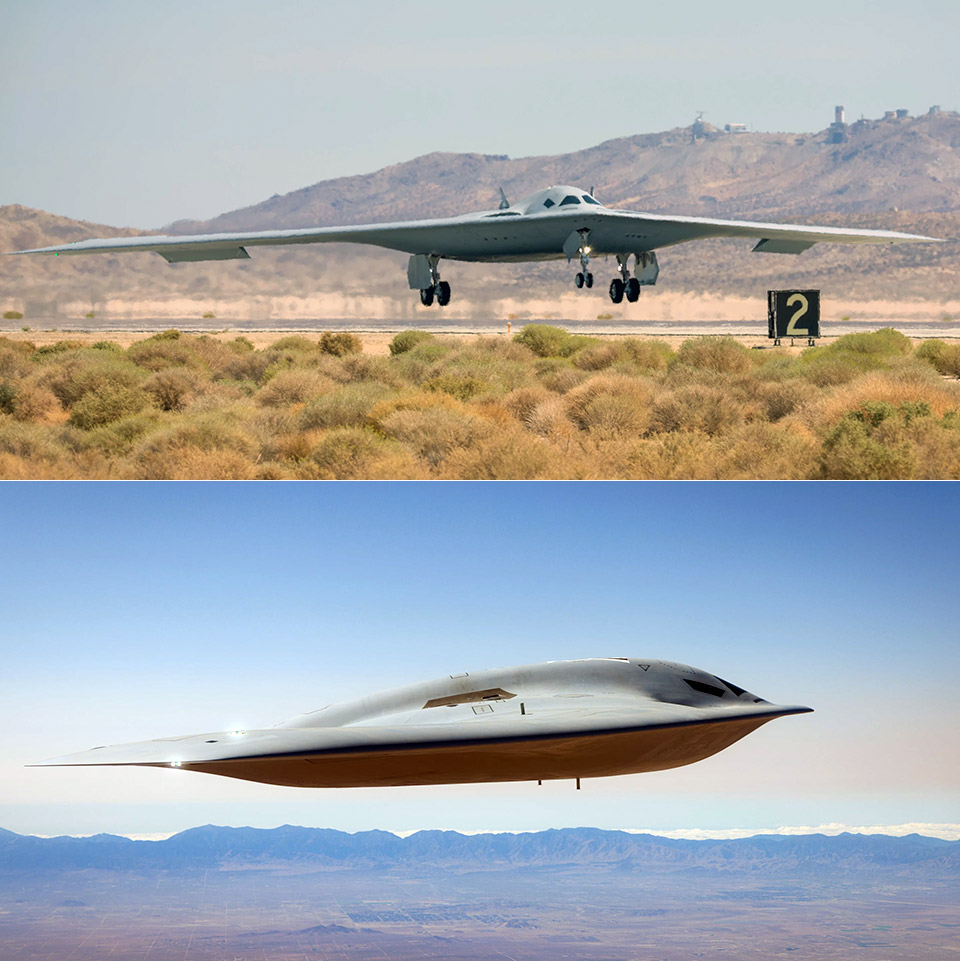
The second B-21 Raider rolled off the Northrop Grumman production line and took to the skies at 8 a.m. on September 11, accompanied by an F-16 escort that stayed close like a bodyguard. This was the moment the program shifted from basic checks on wings and engines to loading up weapons and fine-tuning the systems that will allow this bomber to sneak through defenses undetected.
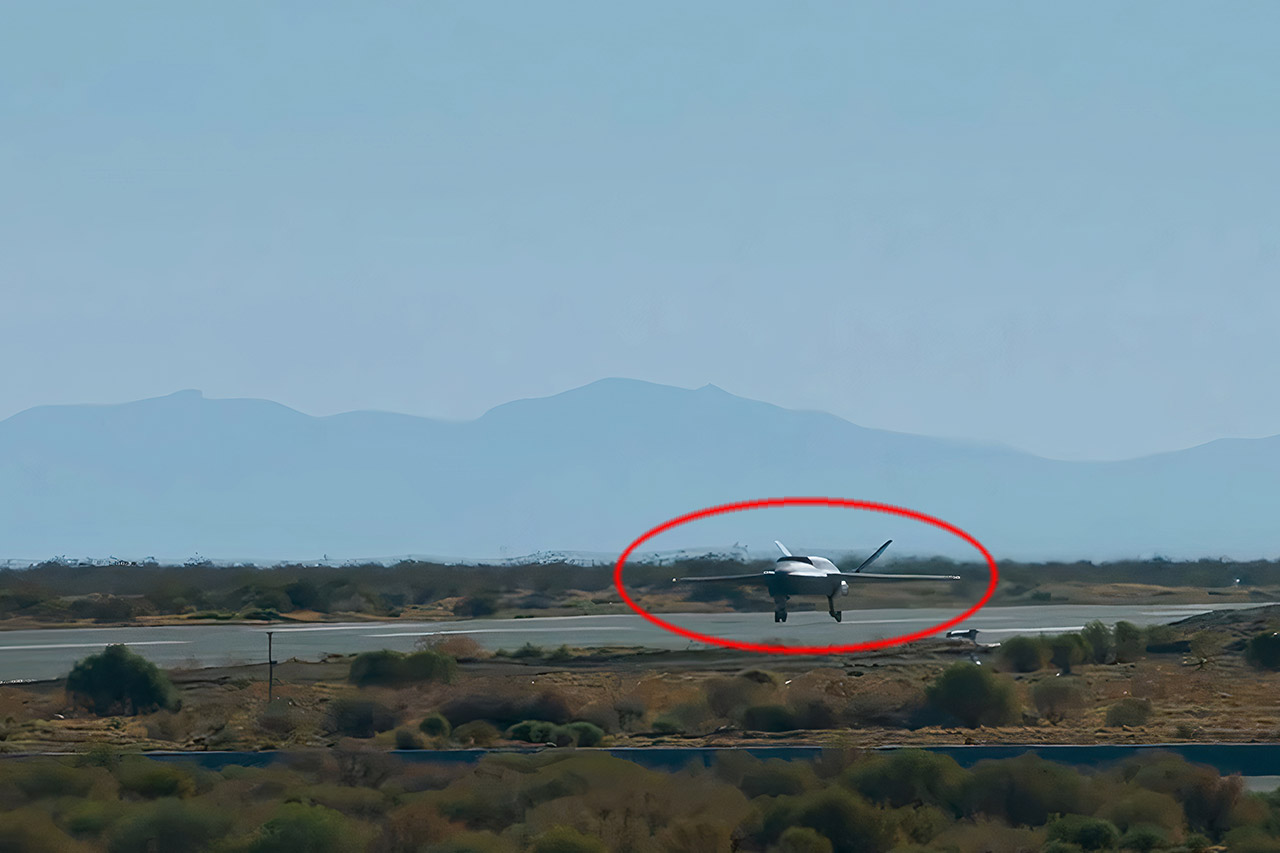
On August 27th, the US Air Force’s Collaborative Combat Aircraft (CCA) program launched its first autonomous combat drone, the YFQ-42A, from a California test site. This uncrewed craft, built by General Atomics Aeronautical Systems, was designed to fly alongside modern jets like the F-22 Raptor as well as the F-35 Lightning II.
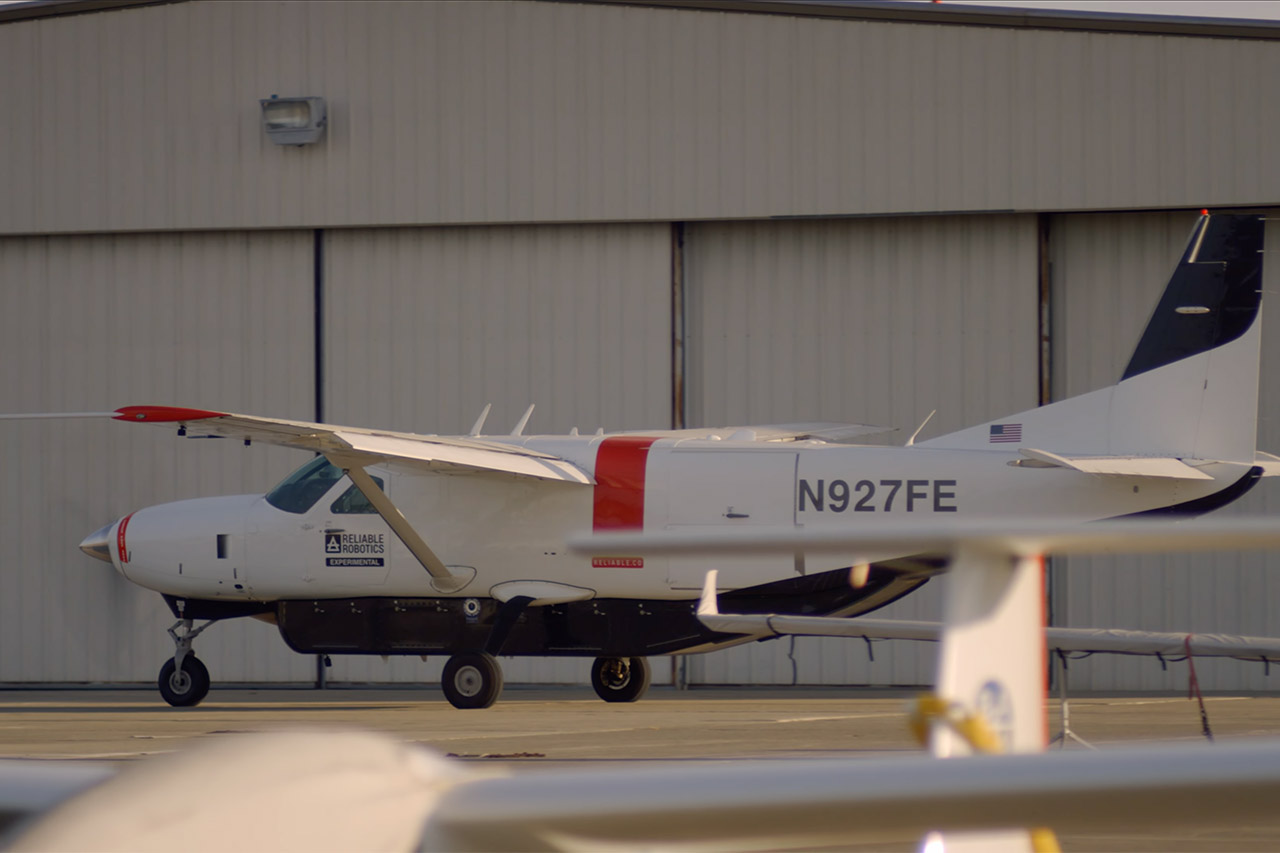
The US Air Force’s deal with Reliable Robotics to add autonomous flight to its cargo planes is a quiet revolution in military aviation. This $17.4 million contract is to retrofit a Cessna 208B Caravan—a solid, no frills workhorse plane—with Reliable’s autonomous flight technology.
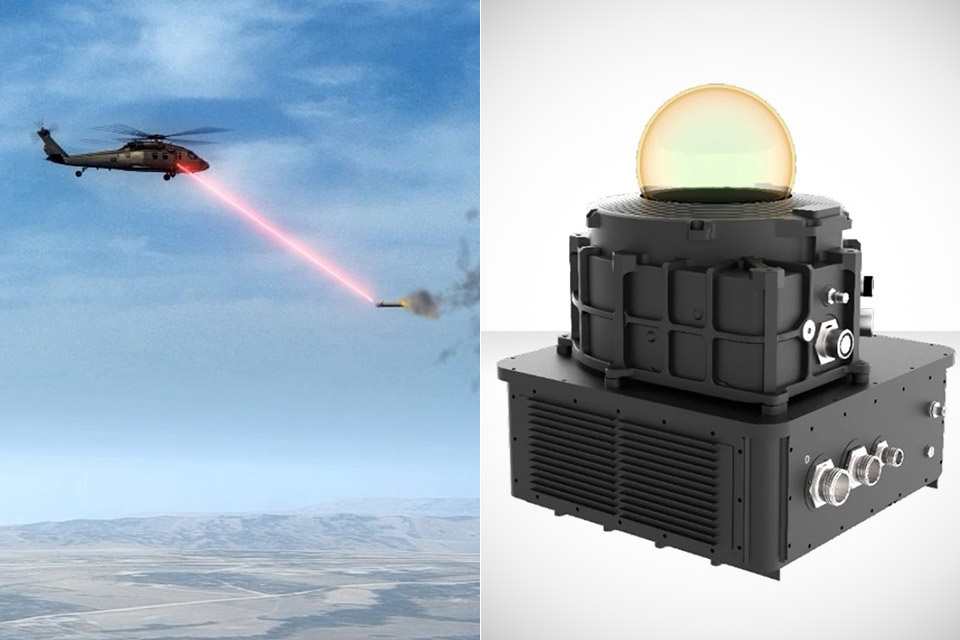
Modern warfare throws everything at aircraft, from heat-seeking missiles to portable ground systems. Turkey’s YILDIRIM 100, a directed infrared countermeasure (DIRCM) system by ASELSAN, meets the challenge head on, putting the defense company among the big boys. It goes beyond traditional flare-based defenses, using laser precision to outsmart missiles, protecting aircraft in contested skies.

In the vast expanse of New Mexico’s White Sands Missile Range, a DARPA team fired invisible light 5.3 miles and made history. They transmitted 800 watts of power, or enough to run a small appliance or light up a campsite, via a laser beam to a receiver that turned it back into electricity. For 30 seconds, the system held firm, transferring over a megajoule of energy. They even popped popcorn with some of that power, a playful tribute to the 1985 film ‘Real Genius’.

The U.S. Army Corps of Engineers have built something you don’t see everyday: Coyote Rovers, four-wheeled robotic vehicles topped with life-size plastic coyotes, cruising airfields to spook birds and critters away. Dreamed up by the Engineer Research and Development Center (ERDC), these odd robotic predators mix were designed to tackle a pricey problem.
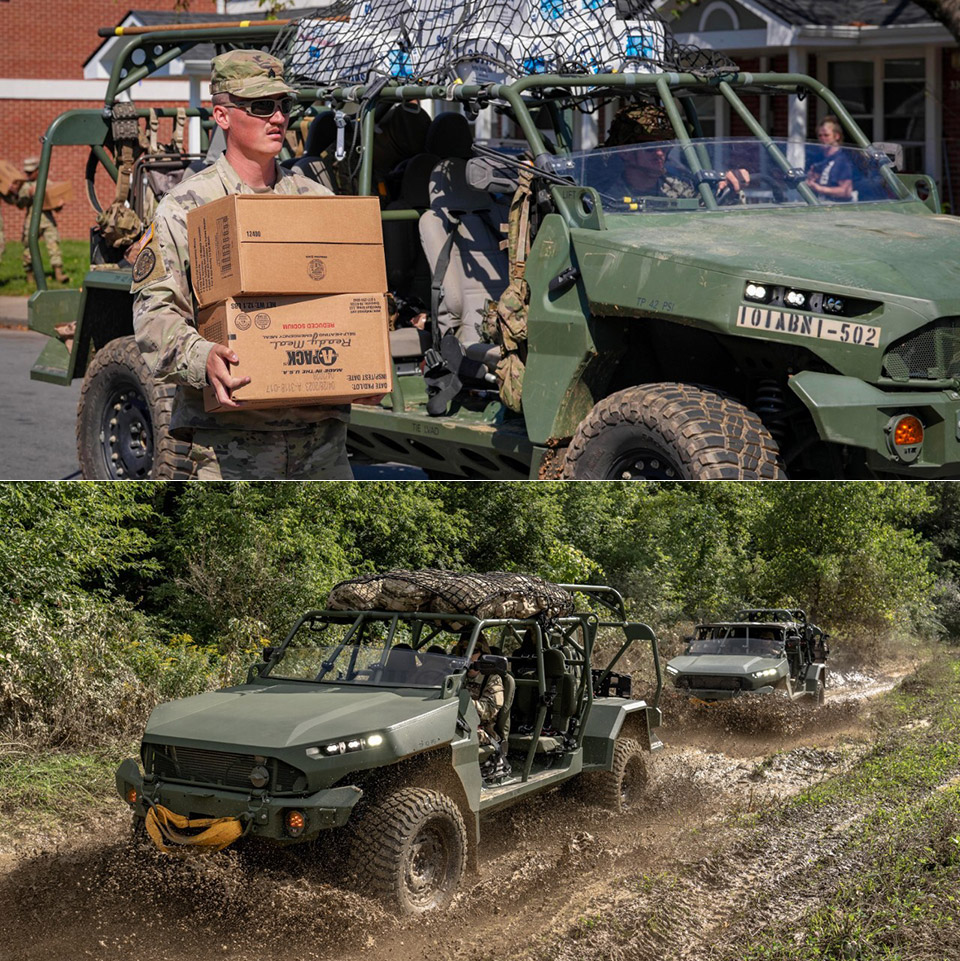
A rugged pickup truck, stripped to its essentials and rebuilt for war, is making waves across the Atlantic. GM Defense, the military arm of General Motors, has partnered with NP Aerospace to push its Infantry Squad Vehicle (ISV) into the spotlight, targeting the UK Ministry of Defence’s Light Mobility Vehicle (LMV) program and broader NATO opportunities.


